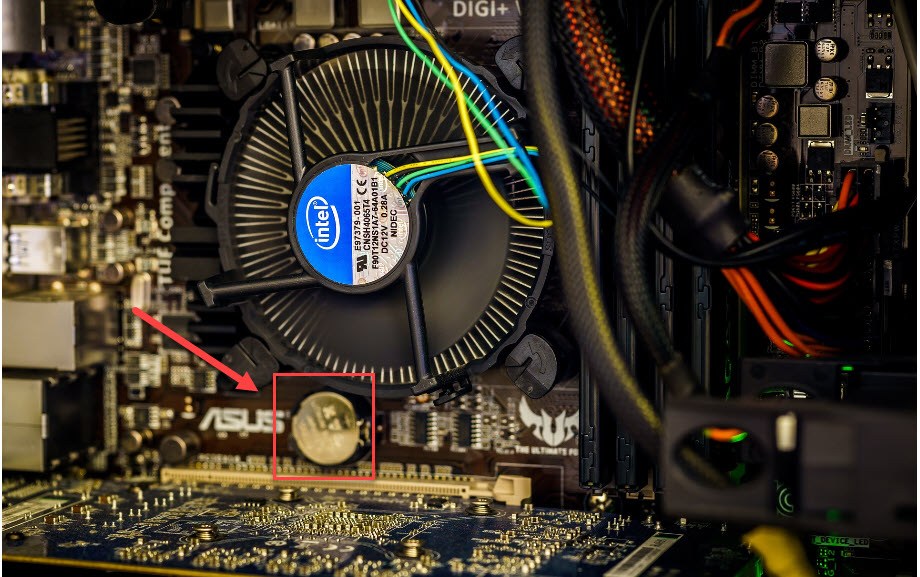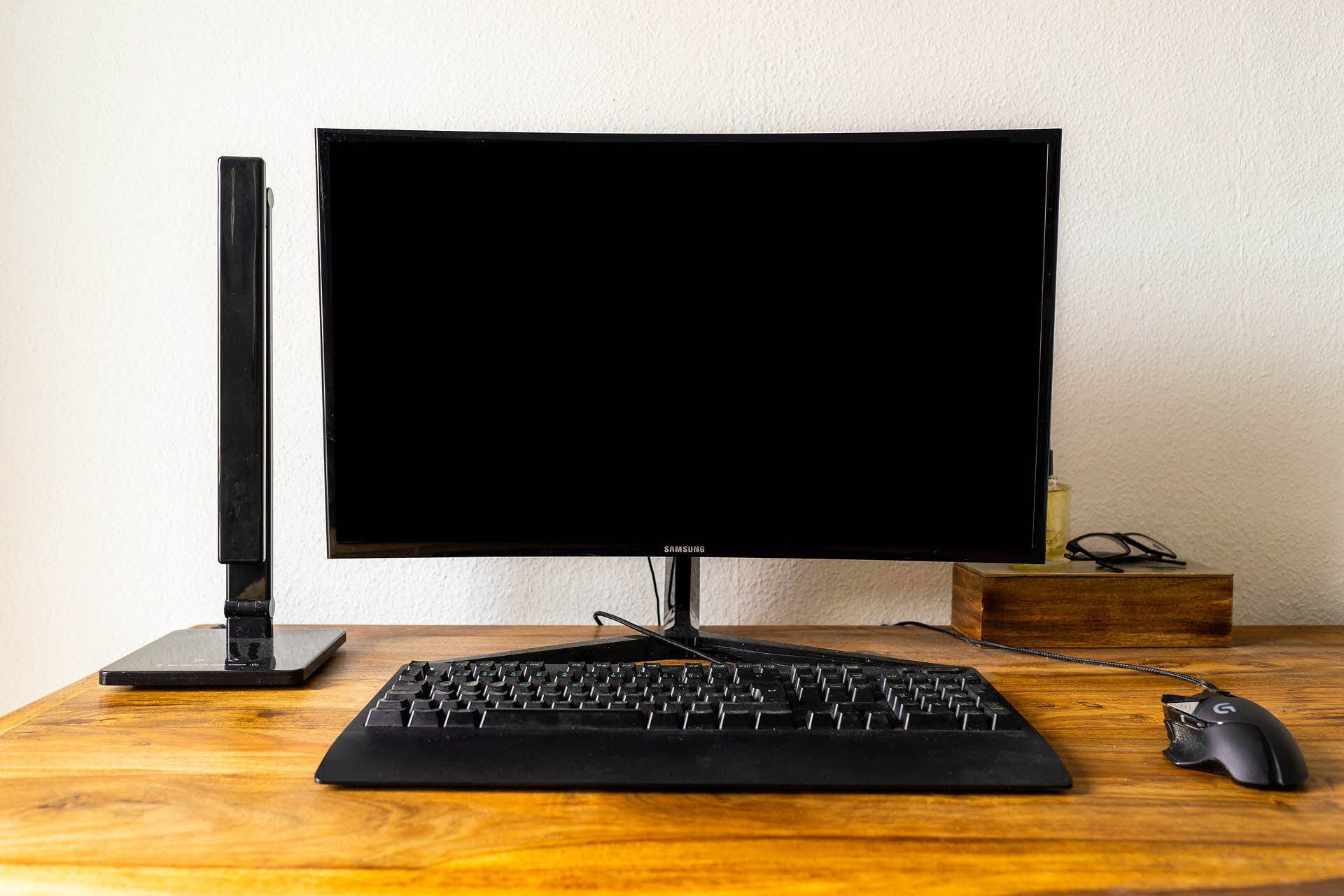Your screen remains black after turning on the PC? This is very frustrating, and you’re certainly not alone. Many Windows users are reporting this issue. But the good news is that you can fix it. Here’re 6 fixes to try.
Fixes to try:
Though it might look complicated at first glance, just work your way down the list, step-by-step, and we’ll try to get you back on track.
Fix 1: Force restart your computer
If all you see is a black screen after pressing the power button, try pressing the power button for 10 seconds to force shut down your PC, then turn it on. Doing this repeatedly for three times, the Windows Startup repair should launch automatically.
If nothing happens after turning your PC on and off a coupon of times, that could indicate hardware problems. Skip to Fix 2 and see how to fix them.
Fix 2: Check if your monitor is working
If your computer starts but displays nothing, you should check is if your monitor is working properly.
Check the power light of your monitor to verify that it’s turned on.
If your monitor won’t turn on, unplug the power adapter of your monitor, and then plug it back into the power outlet. If the problem still exists, you need to bring your monitor to the repair shop.
If your monitor works fine, move on to the fix below.
Fix 3: Reconnect your monitor to your computer
A poor connection between your monitor and your computer might also be the cause of your problem. In this case, reconnecting the two devices is very likely the solution to your problem. Here is how to do it:
1) Press and hold the power button until your computer turns off.
2) Unplug the video cable which connects your monitor to the computer.
3) Check the port connectors on your computer and on the monitor.

4) Check to see if your video cable is damaged. If the video cable is fine, reconnect your computer to your monitor. Or, if you have another video cable available, try connecting the two devices using the new cable.
5) Try turning on your computer to see if it can boot normally.
If your computer fails again, read on and check the fix below.
Fix 4: Disconnect your peripherals
Sometimes, certain peripherals connected to your computer may also cause the black screen issue. Try disconnecting all your peripherals to see if that’s the core problem. Here is how to do it:
1) Press and hold the power button until your computer turns off.
2) Disconnect all peripherals (your printer, scanner, mouse, etc.).
3) Try turning on your computer again.
If your computer boots correctly, that means that one of the peripherals you removed is causing your problem. You should reinstall each device back into your computer and test them each time. Then, you’ll find the specific device that causes your problem. (Replace the device once you’ve identified it. Or, consult the manufacturer of the device for assistance. )
If your computer still can’t boot correctly, try the fix below.
Fix 5: Reinstall your RAM
A poor connection between your RAM and motherboard can also cause this problem. In this case, you need to reinstall your RAM. Here is how:
1) Press and hold the power button until your computer turns off.
2) Disconnect the AC power cord from the power supply, and then open your computer case.
3) On your motherboard, remove your RAM from the memory slot.
RAM looks like this:

4) Put your RAM back into the slot.
5) Connect the AC power cord to the power supply, and then turn on your computer.
If your computer still can’t boot properly, don’t worry. Check the fix below.
Fix 6: Reset your BIOS settings to default
Improper BIOS settings can also cause your PC to boot into a black screen. To see if that’s the problem for you, you should reset your BIOS to factory settings. Here is how to do it:
1) Press and hold the power button until your computer turns off.
2) Disconnect the AC power cord from the power supply, and then open your computer case.
3) On your motherboard, remove your CMOS battery with your fingernail or a non-conductive screwdriver.
The CMOS battery looks like this

4) Wait for 5 minutes, and then reinstall your CMOS battery.
5) Connect the AC power cord to the power supply, and then turn on your computer to see if your problem persists.
Hopefully, this article helped! Please let me know which method helped you, or if you have a better idea on how to fix this issue. I would love your thoughts!






